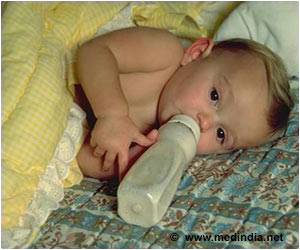Cot death syndrome in infants is associated with low levels of a brain protein which regulates sleep arousal.

- Low level of a protein, orexin is associated with sudden infant death syndrome.
- Children could be screened at birth to determine the risk of the syndrome.
- Next, ideal levels of the protein should be identified to diagnose the disease.
Dr Rita Machaalani, manager of the sleep unit at Westmead, told the Australian Telegraph that the evidence discovered is “hard core proof” of the theory that sudden infant death syndrome is sleep related.
“It’s linked that there is a sleep-related issue, which we’ve always known because the babies die in their sleep, but we didn’t know what it was linked to but this protein seems to be a major player in it,” she said.
Dr Machaalani said that the next step will be to identify the ideal levels of Orexin for a baby's brain and develop a diagnostic tool to help prevent such deaths.
“If we can determine what’s the normal level in babies when born than we can use those abnormalities to predict kids that might be at risk in the future of sudden infant death syndrome or sleep apnoea,” she said.
In the UK, just under 300 babies (roughly 0.3 percent) die suddenly and unexpectedly every year, according to the NHS, a huge decline from 75 years ago, when as many as one in four babies did not get to see their first birthday due to a range of factors, mostly related to poverty, poor nutrition and infection.















